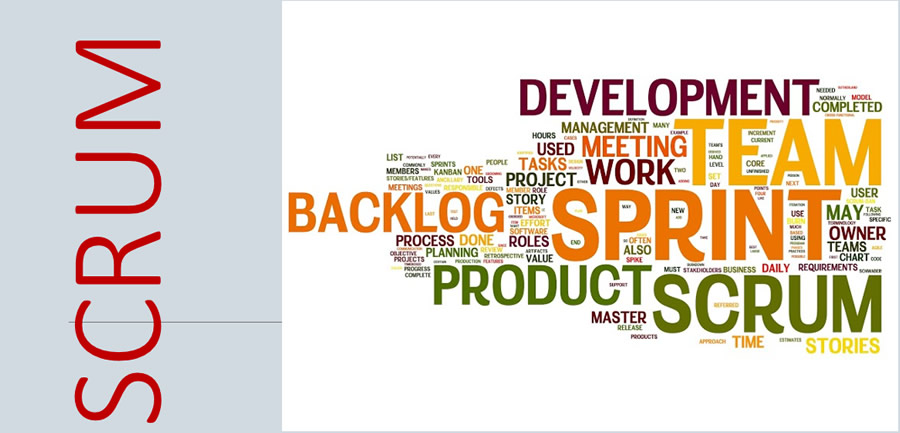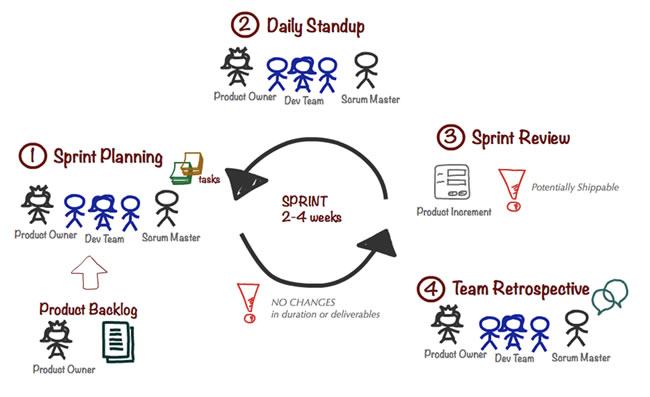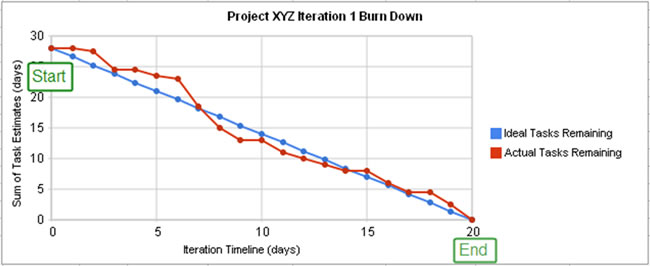Scrum is one of the leading Agile software development processes. Scrum has been recognized as one of the best project management frameworks for handling rapidly changing or evolving projects, especially those with technology or requirements uncertainty.
For our software development project management, we had been using Scrum partially for a while but not implementing it using some tool (in our case, Redmine). Until now, we were only using Redmine issues, hours tracking and roadmap for product releases. But company management asked us to start using Scrum properly within Redmine and for that we needed to clear all the terms and terminologies that come into play when you start using Scrum.
Here is a presentation on Scrum that I have put together for my fellow developers. I have added some illustrations and images, modified them a bit to make the concepts and the terminology easier or the audience.
In this presentation, I included following Scrum commonly used terms:
- Product Owner
- Scrum Master
- Scrum Team
- User Story
- Product Backlog
- Sprint
- Sprint Backlog
- Sprint Planning Meeting
- Daily Standup, Sprint Review & Team Retrospective Meetings
- Burndown Charts
- Impediments
Product Owner
The Scrum product owner is typically a project’s key stakeholder. Part of the product owner responsibilities is to have a vision of what he or she wishes to build, and convey that vision to the scrum team.
Scrum Master
A scrum master is the facilitator for a product development team that uses scrum. The scrum master manages the process for how information is exchanged.
Scrum Team
A Scrum Team is a collection of individuals working together to deliver the requested and committed product increments.
User Story
A user story is a way used in Scrum to capture a description of a software feature from an end-user perspective. The User story describes the type of user, what they want and why. A user story helps to create a simplified description of a requirement.
Product Backlog
Product Backlog is simply a list of all things that needs to be done within the project. It replaces the traditional requirements specification artifacts.
These items can have a technical nature or can be user-centric e.g. in the form of User Stories.
Sprint
In the Scrum method of Agile software development, work is confined to a regular, repeatable work cycle, known as a sprint or iteration.
Scrum sprints used to be 30 days long, but today many teams prefer shorter sprints, such as one-week or two-week sprints.
Sprint Backlog
The sprint backlog is a list of tasks identified by the Scrum team to be completed during the Scrum sprint.
During the sprint planning meeting, the team selects some number of product backlog items, usually in the form of user stories, and identifies the tasks necessary to complete each user story.
Sprint Planning Meeting
The Sprint Planning Meeting is the first meeting to kick off the sprint. It is attended by the ScrumMaster, Development Team and the Product Owner, along with interested and invited stakeholders.
Daily Standup, Sprint Review & Team Retrospective Meetings
The daily Scrum meeting is a short everyday meeting, ideally during start of the working day. Each team member who works towards the completion of a given sprint needs to participate. During this meeting, each team member should briefly provide the answers of the following three questions:
– What has he/she accomplished since the last daily Scrum meeting?
– What is he/she is going to accomplish until the next Scrum meeting?
– What are the impediments that prevent he/she from accomplishing his/her tasks?
Burndown Charts
A burn down chart is a graphical representation of work left to do versus time. The outstanding work (or backlog) is often on the vertical axis, with time along the horizontal. That is, it is a run chart of outstanding work.
Impediments
An Impediment is anything that keeps the Team from getting work Done. Impediments come in many forms:
– A sick team member
– A missing resource
– Lack of management support
– Even a cold team room or Slow connection
If it’s blocking the team from doing its work, it’s an Impediment.
So if someone needs this, Scrum Overview – Commonly Used Terms ppt is attached. Hope that helps.
Cheers!












